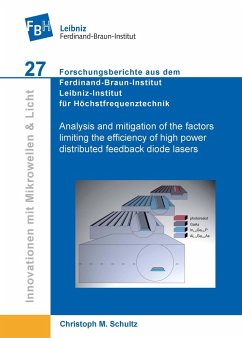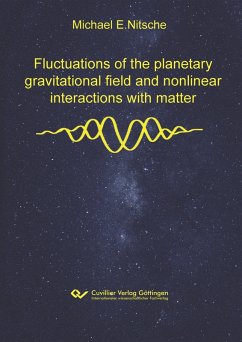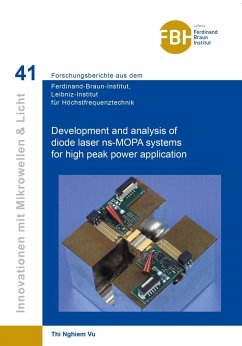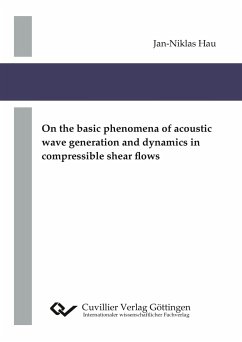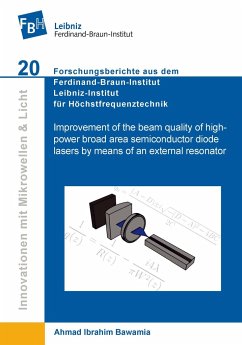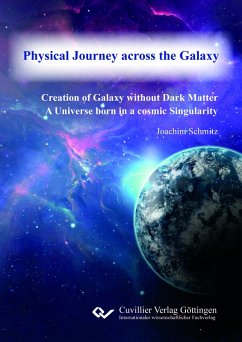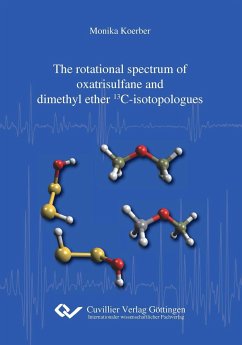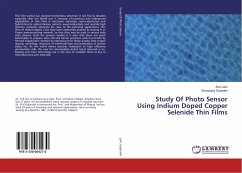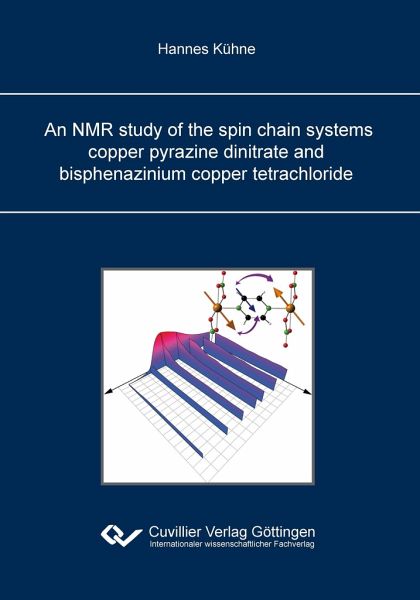
An NMR study of the spin chain systems copper pyrazine dinitrate and bisphenazinium copper tetrachloride

PAYBACK Punkte
0 °P sammeln!
This thesis presents a comprehensive nuclear magnetic resonance (NMR) examination of the magnetic ¿eld-driven quantum phase transitions (QPTs) in the metalorganic spin chain compounds copper pyrazine dinitrate (CuPzN) and bisphenazinium copper tetrachloride (PhnCuCl). Due to their relatively small magnetic exchange interaction energy J, the full magnetic phase diagrams of both sample systems could be accessed experimentally, i.e. in the parameter range from the low- (B ' Bc) to the high-¿eld limit (B ' Bc) and temperatures from the quantum regime (kBT ' J) up to the classical regime (kBT ' J...
This thesis presents a comprehensive nuclear magnetic resonance (NMR) examination of the magnetic ¿eld-driven quantum phase transitions (QPTs) in the metalorganic spin chain compounds copper pyrazine dinitrate (CuPzN) and bisphenazinium copper tetrachloride (PhnCuCl). Due to their relatively small magnetic exchange interaction energy J, the full magnetic phase diagrams of both sample systems could be accessed experimentally, i.e. in the parameter range from the low- (B ' Bc) to the high-¿eld limit (B ' Bc) and temperatures from the quantum regime (kBT ' J) up to the classical regime (kBT ' J). CuPzN is a well-characterized model system for the isotropic, S =1/2 antiferromagnetic Heisenberg chain (AFHC). A study of the 13C and 14N NMR frequency shifts allows to determine selected magnetic hyper¿ne coupling tensors, distributions of magnetic moments, and gradients of the crystal electric ¿eld within the unit cell. With these results, a well-controlled adjustment of the nuclear sensitivity to the di¿erent components of the electronic spin ¿uctuations on the chain can be realized. The 13C 1/T1 relaxation rates, probing the dynamical structure factor at very low frequencies, reveal a linear temperature dependence in the low-¿eld phase, an exponential decrease in the gapped high-¿eld phase, and a well-de¿ned, ¿eld-driven maximum slightly below the quantum critical point Bc = 14.6 T. In the regime of the phase transition, a power-law decay of the rates with a ¿eld-dependent exponent is found. The experimental observations are very successfully compared with predictions from both numerical (quantum Monte Carlo) and analytical (conformal ¿eld theory) theoretical approaches. In particular, the downshift of the ¿eld-driven maximum is shown to be caused by essential spin-spin interactions. It is intimately connected to the ¿eld dependence of the spinon velocity and the Luttinger liquid exponent K, and therefore can be seen as a direct signature of the Luttinger liquid phase. The study of the anisotropic 14N NMR observables in the low-¿eld regime allows to further re¿ne the ¿ndings about the distribution of spin moments in the unit cell, and to exclude the presence of ¿uctuations of the electric ¿eld gradient at the nuclear Larmor frequency for temperatures in the quantum regime. The temperature dependence of the low-¿eld 14N-1/T1 rates fully reproduces the corresponding 13C-1/T1 data, and therefore con¿rms the carbon nuclei as suitable probes for the electronic spin dynamics




